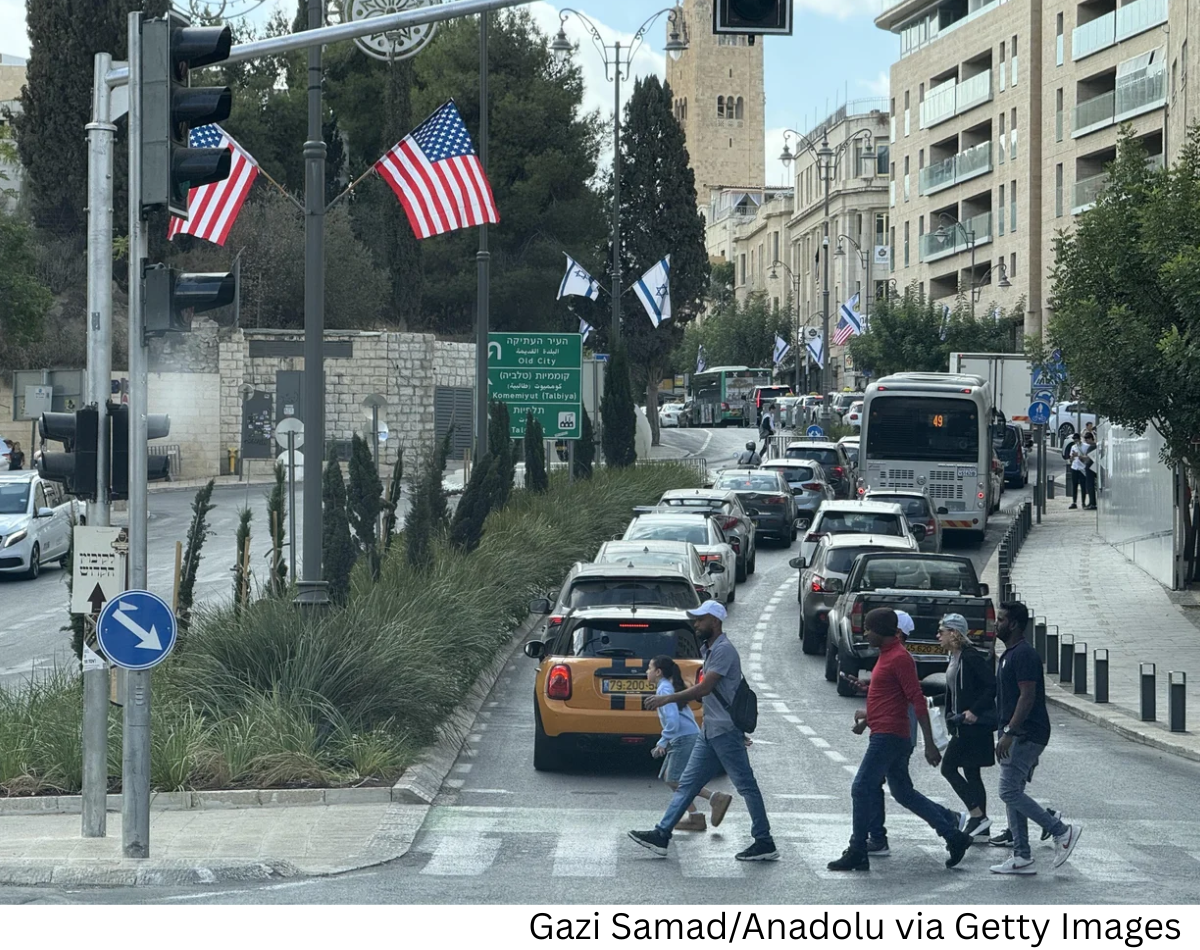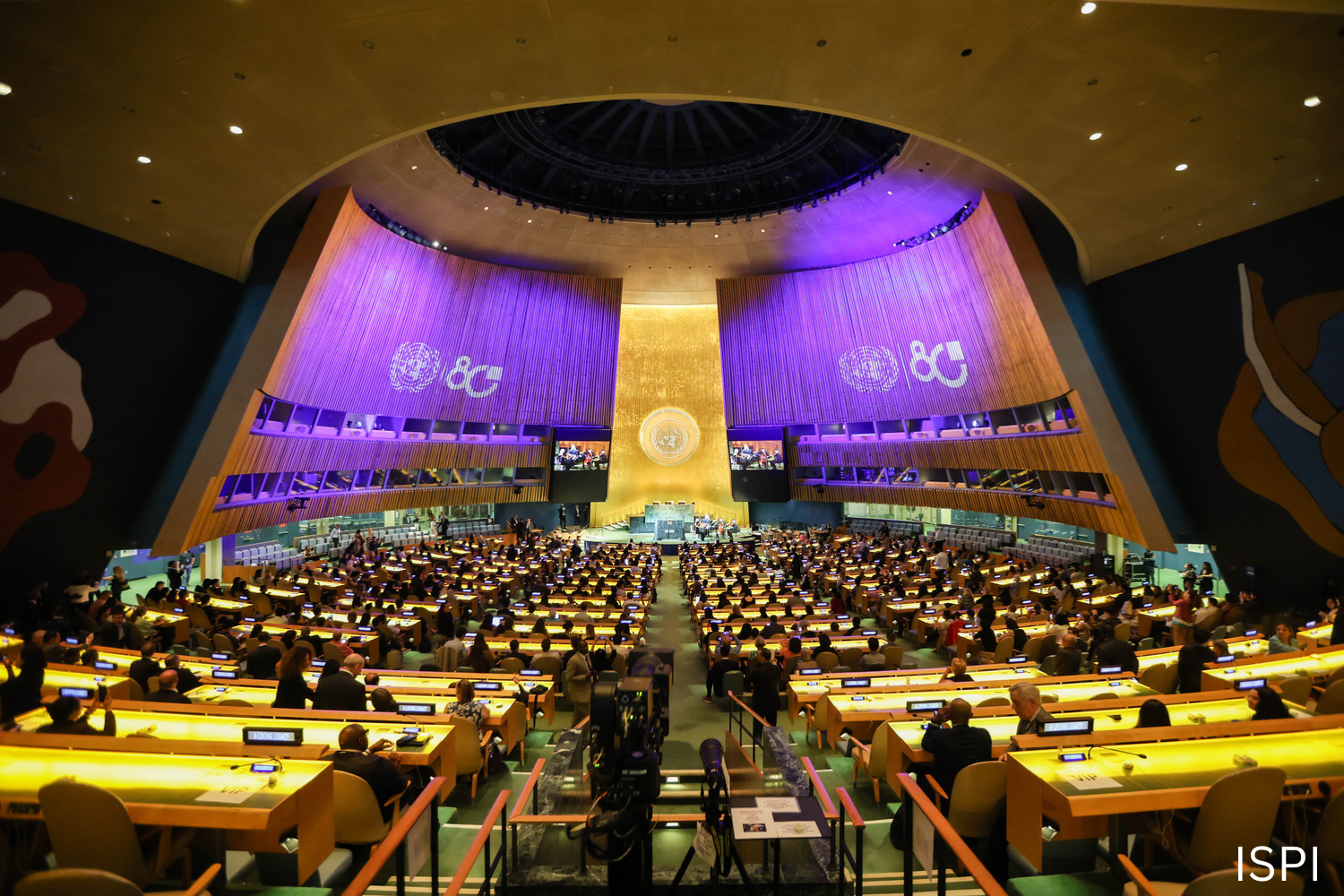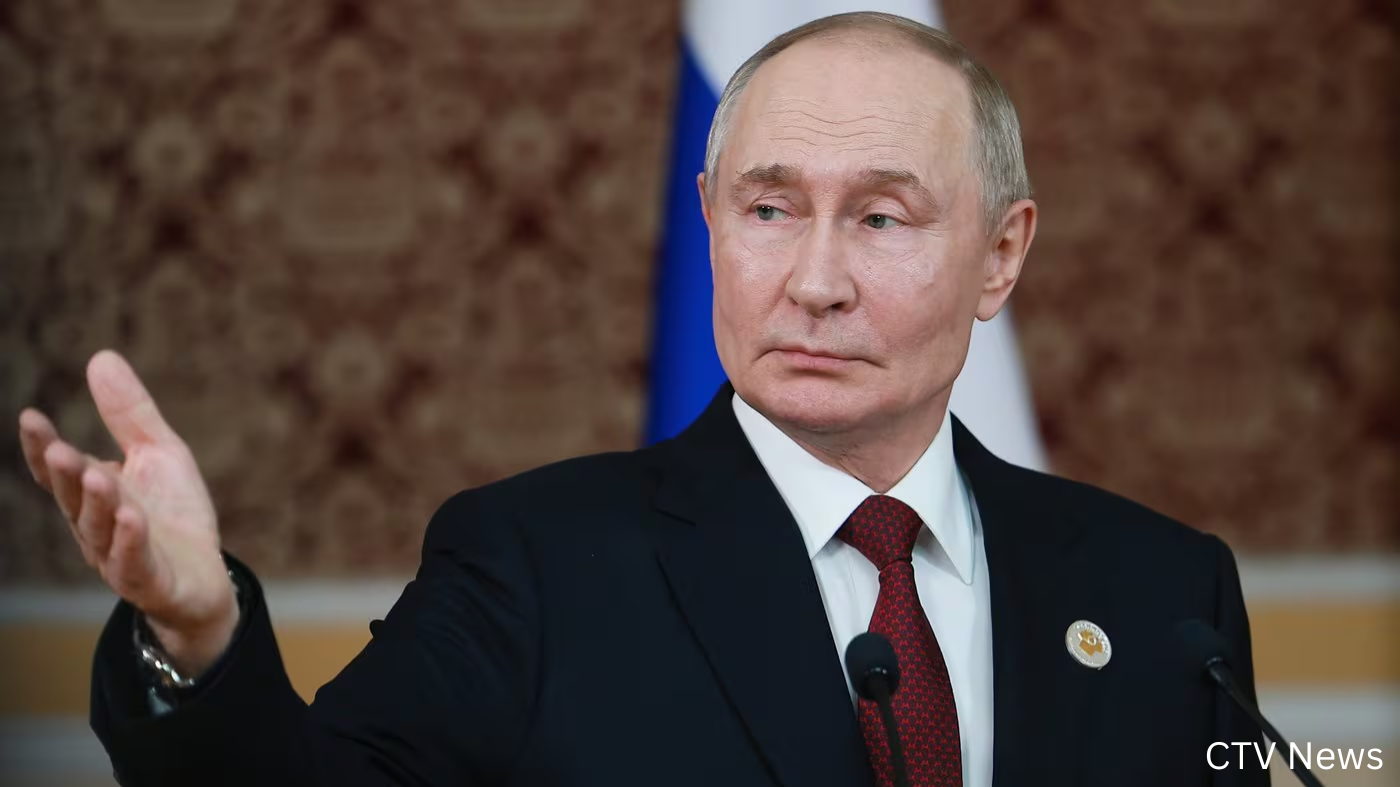Festivities continued on Friday in Tel Aviv’s Hostages Square as Israelis celebrated the agreement on the first phase of the White House-brokered peace plan between Israel and Hamas. The atmosphere was a mixture of hope, relief, and anticipation, particularly for families of hostages awaiting their loved ones’ return.
Marking Shabbat Amid Optimism
As the sun set, the square filled with families gathering to mark the beginning of Shabbat. Many joined in singing and communal expressions of joy, reflecting both a religious and national moment of solidarity. The celebrations were not only about marking the ceasefire but also about the hope for the imminent release of Israeli hostages being held in Gaza.
Families of the hostages were preparing a Shabbat dinner in a building adjacent to the square. The meal was intended to be private, away from media attention, allowing families to share this meaningful moment together. The gathering symbolized both faith and resilience, as families looked forward to reuniting with relatives who have endured weeks or months of captivity.
Community Spirit and National Pride
The celebrations underscored a broader sense of community and national pride. Tel Aviv residents, alongside the families of hostages, expressed gratitude for the international diplomatic efforts that brought the first phase of the peace plan to fruition. Music, prayers, and shared meals highlighted the collective relief at the temporary cessation of hostilities and the progress toward the release of hostages.
The square served as a focal point for citizens to come together in a symbolic expression of unity. Amid the ongoing uncertainty in Gaza and northern Israel, the public gathering allowed families and the wider community to acknowledge the achievements of the ceasefire and the collaborative efforts between the Israeli government, the White House, and regional mediators.
Hope for Hostage Release
Central to the celebrations is the anticipation of the release of Israeli hostages. The first phase of the White House peace proposal outlines a 72-hour period for Hamas to release the remaining captives, a critical step in solidifying the ceasefire and building confidence between the parties. Families’ preparations for Shabbat dinner in Hostages Square reflect their hope that the meal will be the last they share without their loved ones.
The release of hostages is not only a humanitarian concern but also a pivotal milestone in the Trump-brokered peace plan. It is intended to foster trust and create momentum for subsequent phases of the plan, including increased humanitarian aid to Gaza, prisoner exchanges, and broader efforts to stabilize the region.
Symbolic Significance
Hostages Square has become a symbol of resilience and national unity for Israelis. The ongoing celebrations reflect the interplay between personal relief, communal solidarity, and national pride. By gathering in this central location, residents are publicly recognizing the diplomatic achievement and expressing collective hope for a peaceful future.
The timing of the celebrations during Shabbat further enhances the symbolic significance. Shabbat, a day of rest and reflection, underscores themes of renewal, peace, and familial connection, aligning closely with the broader aspirations of the peace plan and the hope for the safe return of hostages.
Looking Ahead
While the celebrations provide a moment of relief and communal joy, they also mark the beginning of a critical period in the peace process. The next 72 hours are pivotal for the release of hostages and the continuation of humanitarian aid to Gaza. International oversight, coordination, and cooperation remain essential to ensure that the agreement holds and that families can be reunited safely.
For the people of Tel Aviv, Hostages Square serves as a reminder of both the human costs of conflict and the potential for diplomatic progress. The community’s gatherings, songs, and prayers reflect not only the immediate relief of a ceasefire but also the hope for sustained peace and security in the region.




.png)


.png)
